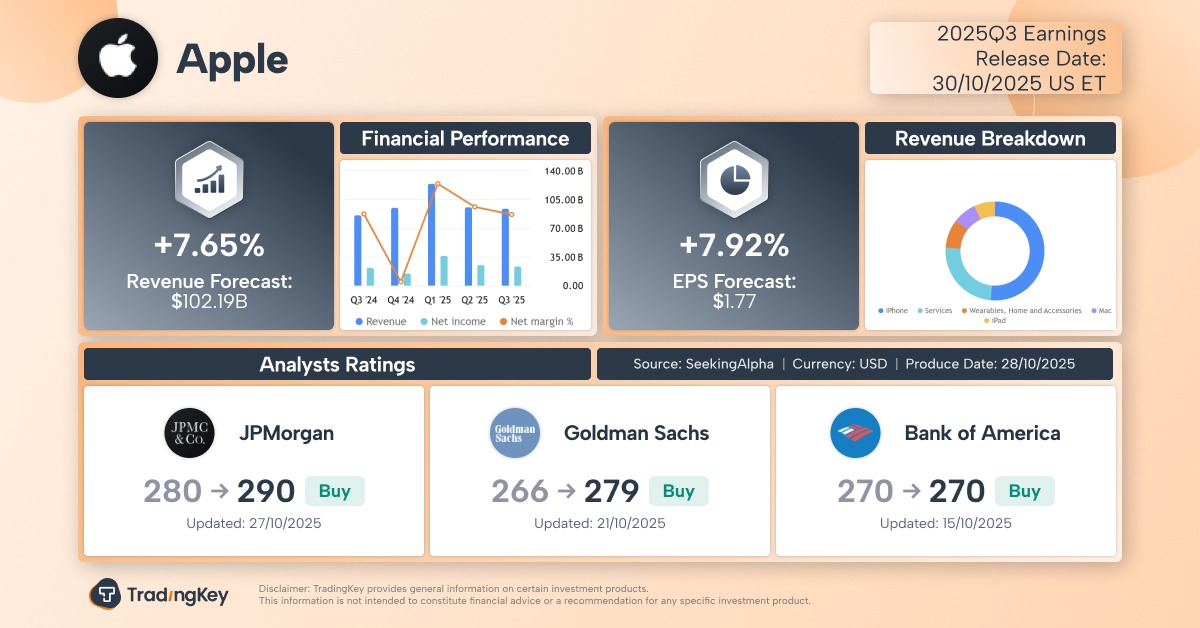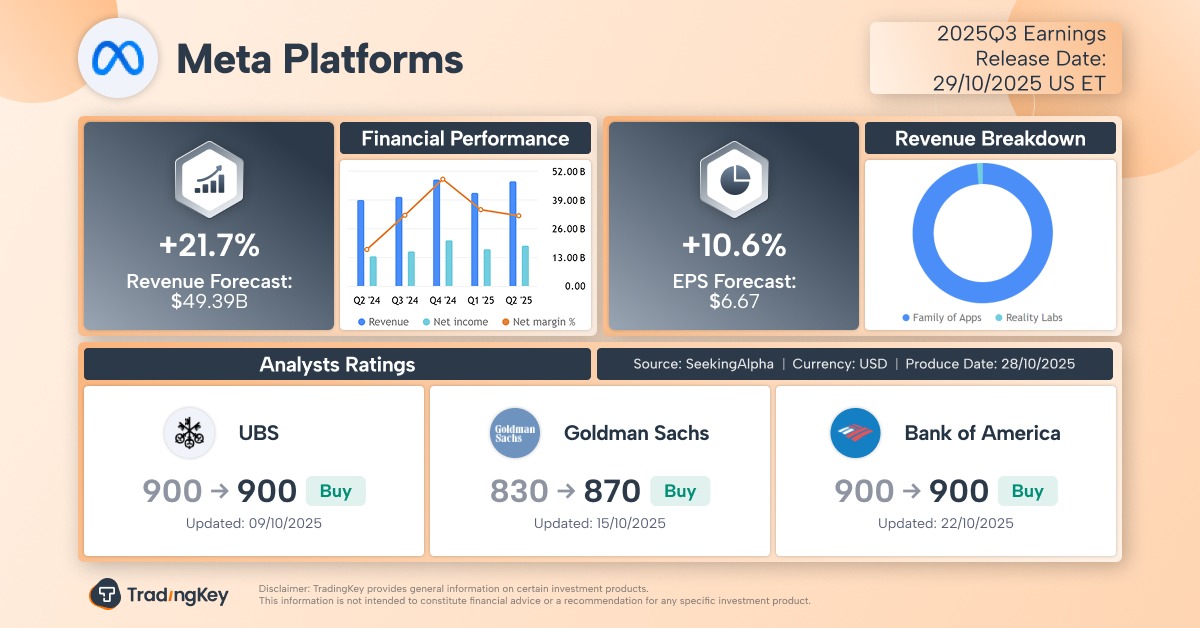BREAKINGVIEWS-Credit cockroaches are everywhere but bank stocks

By Liam Proud
LONDON, Oct 29 (Reuters Breakingviews) - Bank stocks should in theory be an early indicator of wider economic pain. That’s because corporate insolvencies, mortgage defaults and the like can rapidly erode earnings, prompting equity investors to sell at the first signs of credit stress. Right now, however, major European and U.S. bank valuations imply no such fears. It’s in stark contrast to the growing signs of corporate distress, or credit cockroaches, as JPMorgan JPM.N boss Jamie Dimon recently put it.
Investors’ optimism is evident in the United States, where JPMorgan, Bank of America BAC.N, Goldman Sachs GS.N, Morgan Stanley MS.N and Citigroup C.N on average trade at 2.2 times 12-month forward tangible book value, or 58% above their 10-year average. Meanwhile in Europe HSBC HSBA.L, Barclays BARC.L, BNP Paribas BNPP.PA, Banco Santander SAN.MC, Deutsche Bank DBKGn.DE and UBS UBSG.S are 43% above their decadal average, using the same metric.
Third-quarter European bank results on Wednesday provided some justification for investors’ implicitly sunny views on credit. UBS finance chief Todd Tuckner told analysts that he wasn’t concerned about the broader environment, despite the recent collapse of U.S. auto parts supplier First Brands, which hit the Swiss group’s hedge fund O’Connor. Meanwhile Santander and Deutsche both posted lower provisions for bad debt than they did a year ago.
Dig into the details, though, and the cockroaches are easy to find. BNP, for example, on Tuesday took a 190-million-euro charge for expected bad debt in its global markets business. CEO Jean-Laurent Bonnafé said that it was a matter of fraud in the receivables financing sector, and not related to the well-known recent U.S. cases. Deutsche, despite the overall low bad-debt numbers, booked a chunky 308-million-euro provision for credit losses in the investment bank, which was more than double last year’s figure. The bank blamed it on changes to risk models, but also mentioned impairments.
The fact that BNP’s provision was not linked to First Brands or other recent high-profile U.S. defaults suggests that the growing credit stress is not limited to a couple of isolated cases. Meanwhile, unemployment is slowly creeping up in the U.S., Britain and Germany, which typically pushes up losses on mortgages and credit cards.
It’s been a while since banks had to worry about a major turn in the credit cycle. The pandemic came and went faster than CEOs initially feared, with many of the initial bad-debt charges reversed and re-booked as profits in 2021. Now, with economies slowing and corporate stress seemingly on the rise, their share prices imply that there’s nothing to worry about. Shareholders are making a bold bet.
Follow Liam Proud on Bluesky and LinkedIn.
CONTEXT NEWS
Deutsche Bank on October 29 reported a fall in overall credit-loss charges for the third quarter compared with a year ago, though the bad-debt provision in its investment bank more than doubled.
Banco Santander, which also released results on October 29, showed a widespread decline in loan-loss charges for its key businesses.
BNP Paribas said on October 28 that its cost of risk, another way of describing bad-debt provisions, rose in the global markets division “in relation to a specific credit situation.” Finance chief Lars Machenil said on an investor call that it was a fraud related to receivables financing. It didn’t relate to First Brands, the bankrupt U.S. auto parts supplier, a person familiar with the matter told Reuters Breakingviews.









